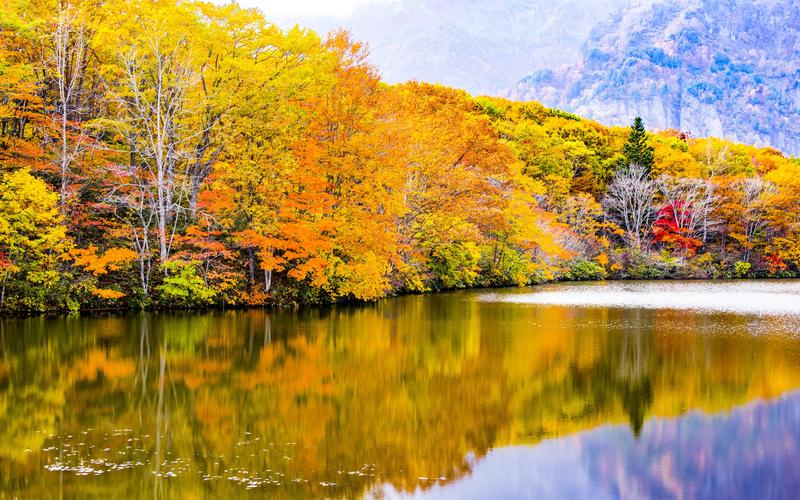Exploring the Fascinating Ice Culture of Greenland
Greenland has always been a fascination for the adventure traveler, wading through stories of vast expanses of snow and ice, and a population living their lives amidst extreme conditions. One aspect of Greenland’s culture that sets it apart from the world is its unique relationship with ice. For generations, the people of Greenland have been living and thriving with snow and ice as an integral part of their lives. From their daily routines to their celebrations, ice is a crucial part of the Greenlandic way of life.
Ice as a Building Material
Greenlanders have been using snow and ice as building material for centuries. The indigenous people, Inuit, developed an innovative way of constructing their homes known as igloos. These unique structures are made of compacted snow blocks, and their shape allowed them to withstand the most intense blizzards. The snow is not only used for practical needs but also for social ones. For instance, in the annual Qajaq kayak festival, the Greenlanders construct a three-story ice tower made of hundreds of ice blocks, where participants play drum and dance on top of the tower.
Ice Fishing
Fishing has been a significant part of Greenlandic history and culture. One of the most thrilling fishing experiences in Greenland involves ice fishing. Several small coastal villages in Greenland still practice traditional ice fishing. In these villages, ice fishing holes are drilled into the frozen sea, allowing the fishermen to pull up halibut and arctic char. Ice fishing is incredibly demanding, and it can only be carried out by highly skilled individuals.
Traditional Cuisine
Greenlandic cuisine has been influenced by its surroundings, with an emphasis on seafood, game, and local vegetables. However, one peculiar aspect of Greenlandic cuisine is the use of ice as an ingredient in some traditional meals. One of the most popular dishes is Kalaalimernaq, a sorbet made with water and ice collected from glaciers. The texture is firm like snow, sweet like vanilla; it is a refreshing dessert served in most Greenlandic restaurants.
The Future of Ice Culture
As the world warms up, many experts fear that the iconic icebergs of Greenland might melt away. This, in turn, could have a dramatic impact on the fascinating ice culture of Greenland. However, local NGOs are working towards preserving the ice culture. The Okaluktuak project, for instance, aims to preserve the cultural heritage of Nuuk in a sustainable way and promote tourism while providing income for local residents.
Conclusion
The ice culture of Greenland is an integral part of the most unique cultures in the world. From their domestic architecture to local festivals, the Greenlanders have developed a special relationship with snow and ice. As with any indigenous culture, it is important to respect and celebrate the traditions. The future of this enchanting culture is uncertain, but with more awareness and sustainable tourism practices, there is a glimmer of hope that future generations can still witness the beauty of the ice culture.
(Note: Do you have knowledge or insights to share? Unlock new opportunities and expand your reach by joining our authors team. Click Registration to join us and share your expertise with our readers.)
Speech tips:
Please note that any statements involving politics will not be approved.
